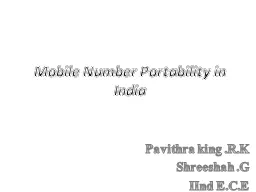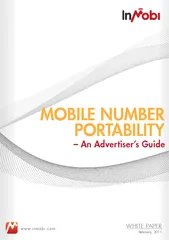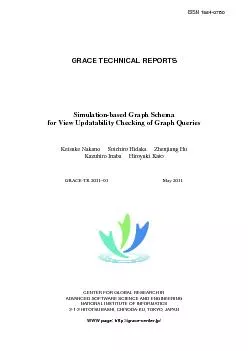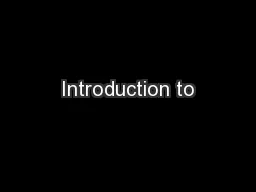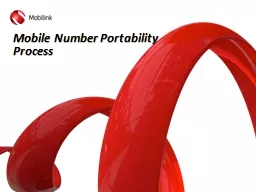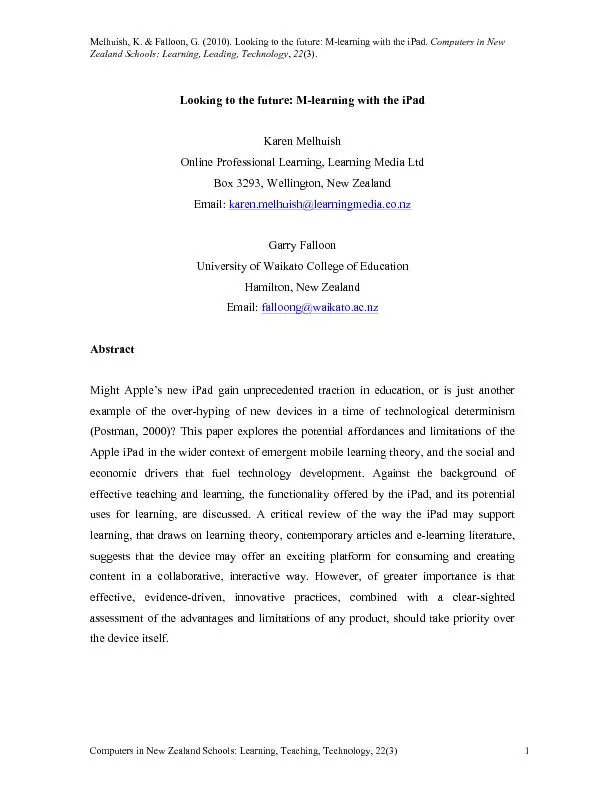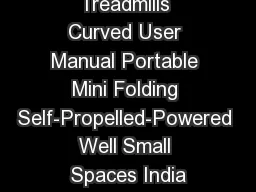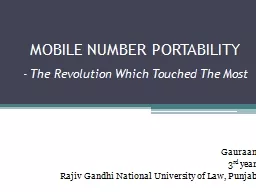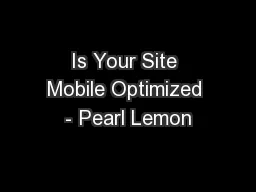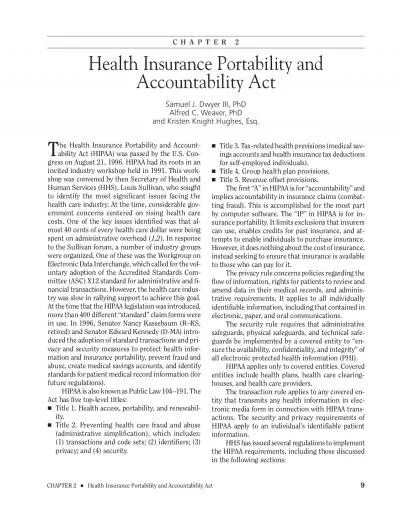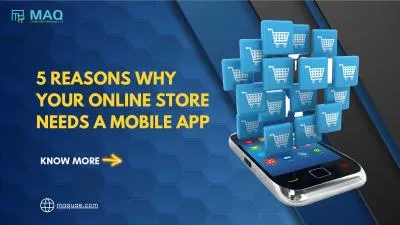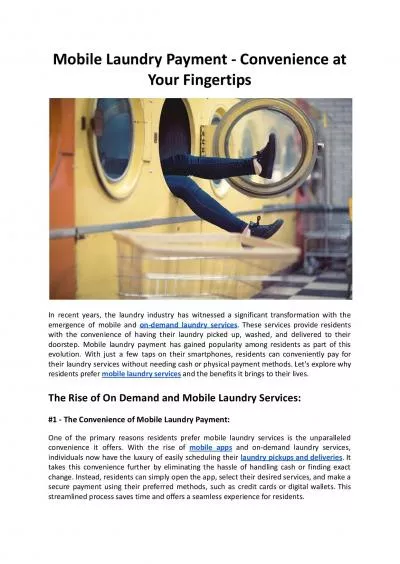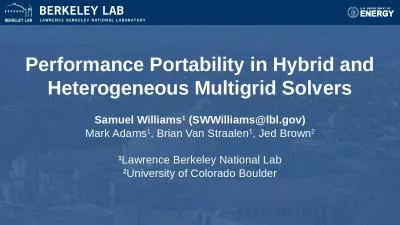PPT-Mobile Number Portability in India
Author : ellena-manuel | Published Date : 2017-05-31
Pavithra king RK Shreeshah G IInd ECE Need of Number Portability Subscribers benefit Convenience of customer to personalize the same number across the Operators
Presentation Embed Code
Download Presentation
Download Presentation The PPT/PDF document "Mobile Number Portability in India" is the property of its rightful owner. Permission is granted to download and print the materials on this website for personal, non-commercial use only, and to display it on your personal computer provided you do not modify the materials and that you retain all copyright notices contained in the materials. By downloading content from our website, you accept the terms of this agreement.
Mobile Number Portability in India: Transcript
Download Rules Of Document
"Mobile Number Portability in India"The content belongs to its owner. You may download and print it for personal use, without modification, and keep all copyright notices. By downloading, you agree to these terms.
Related Documents

